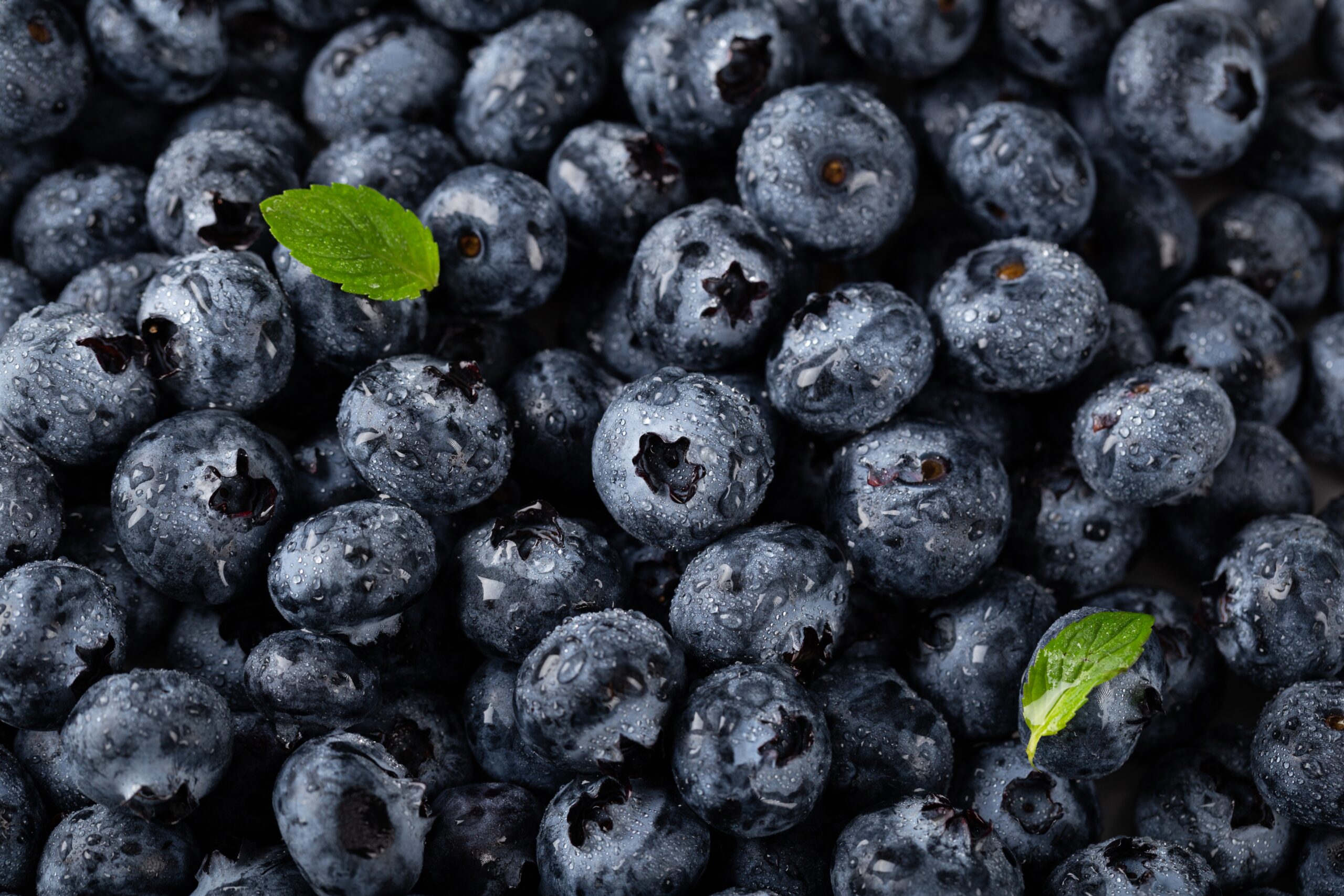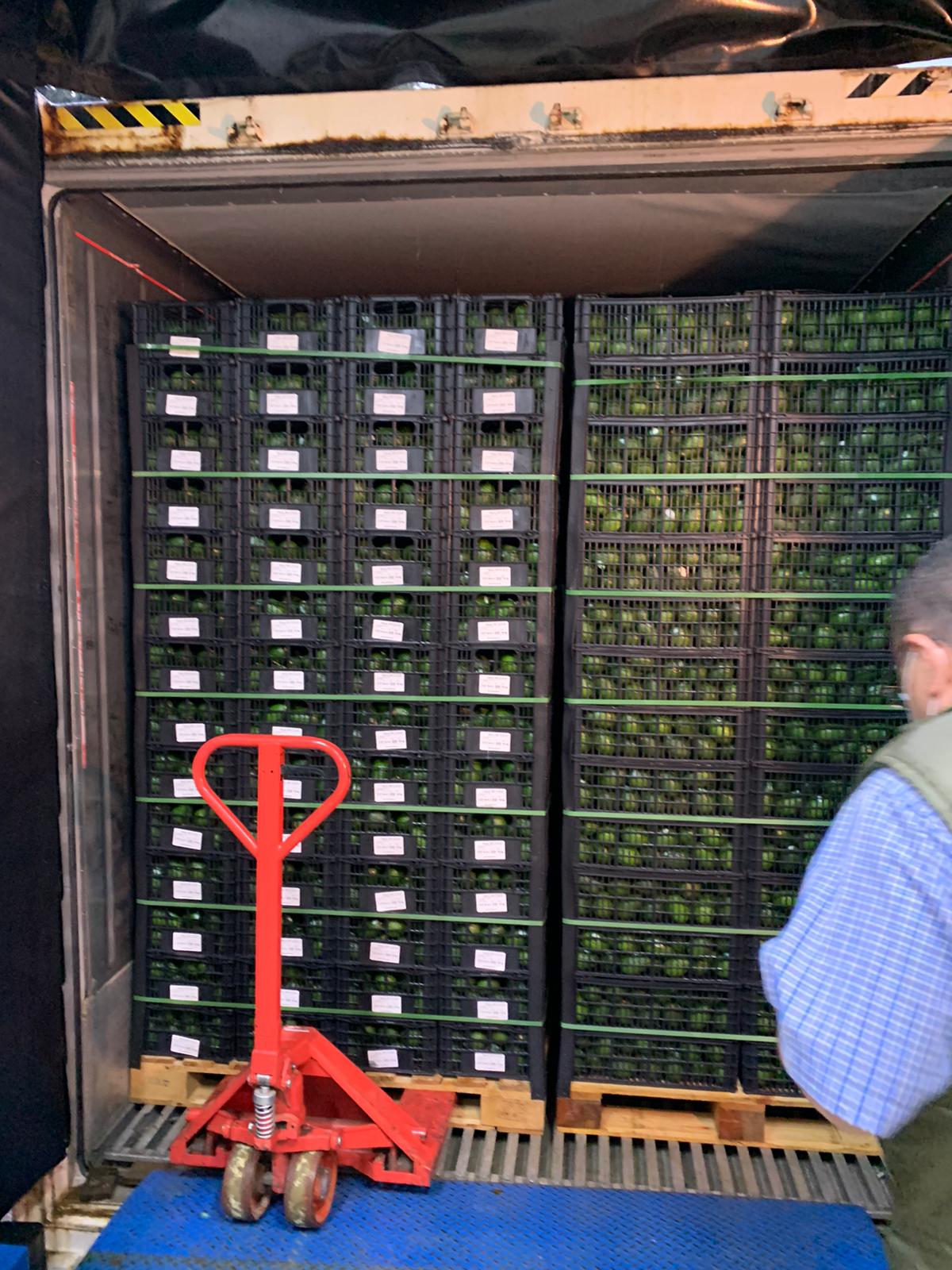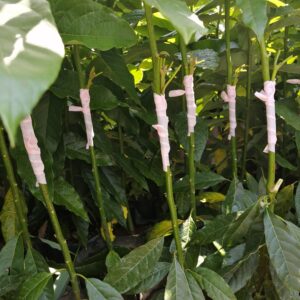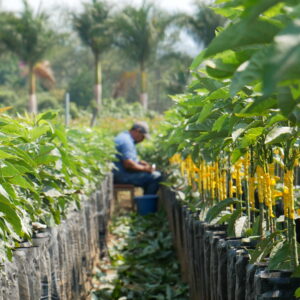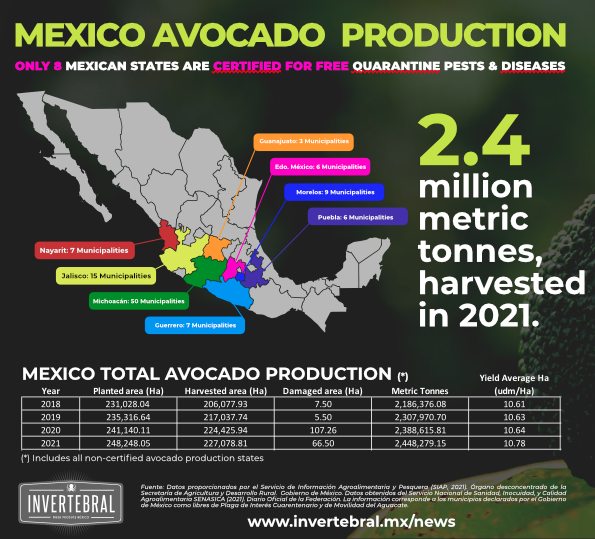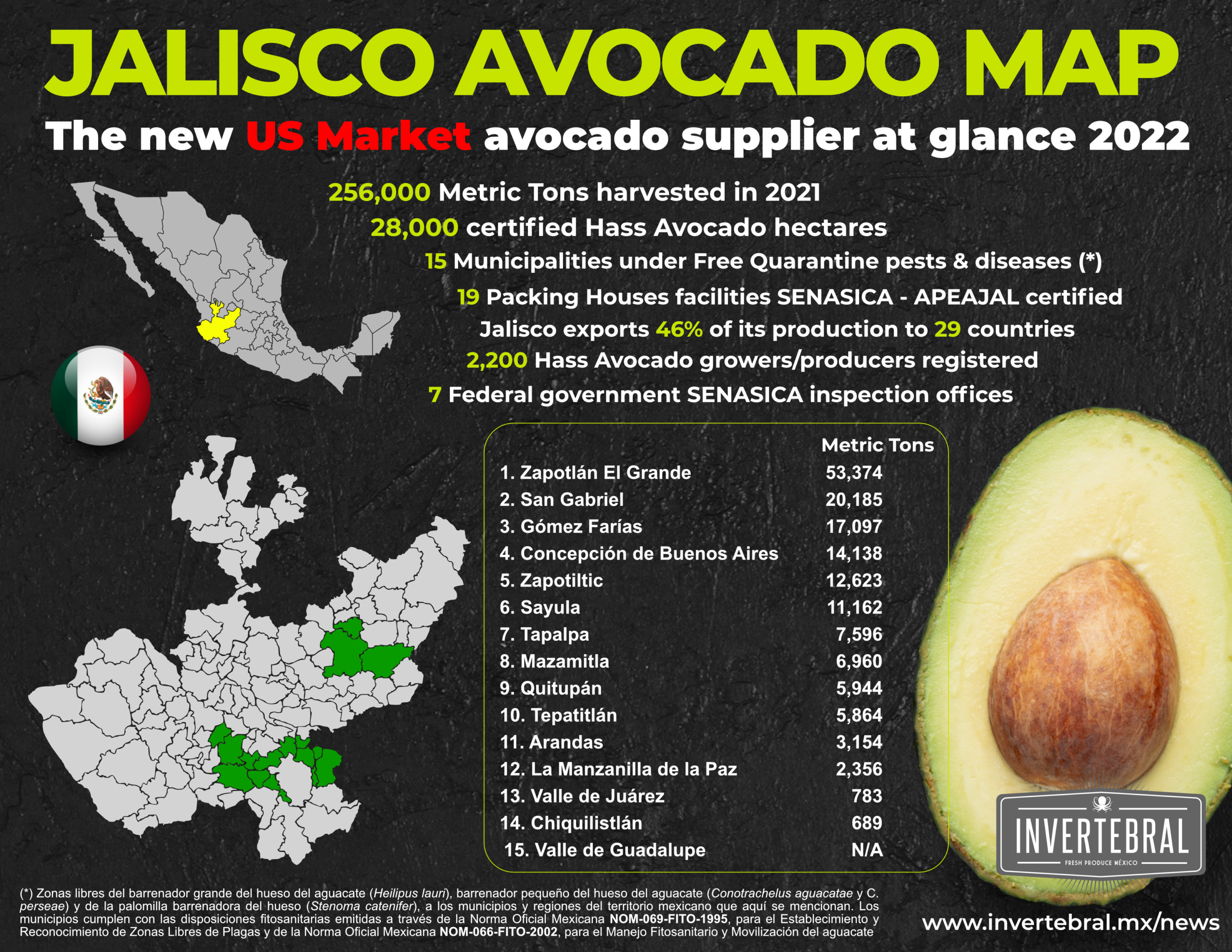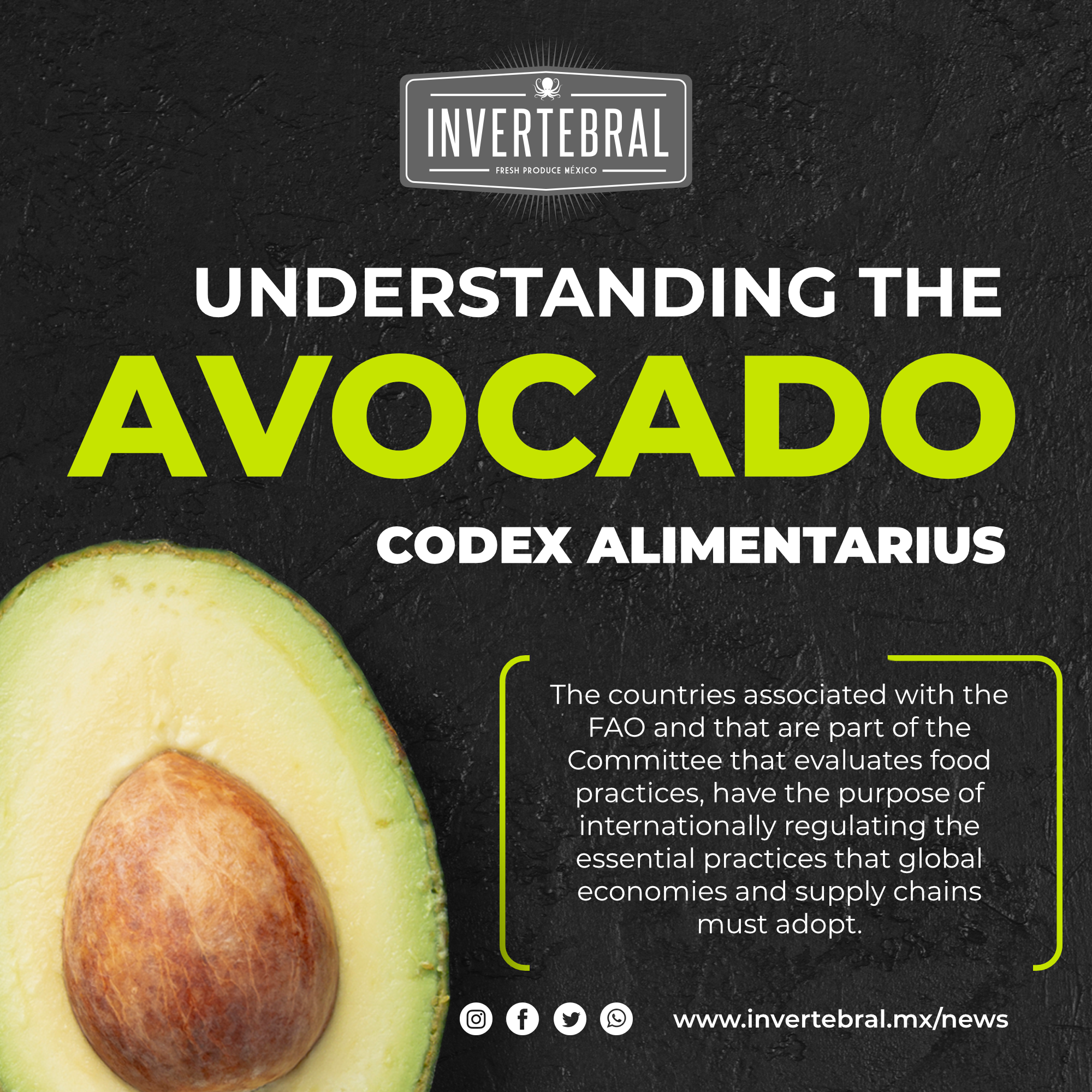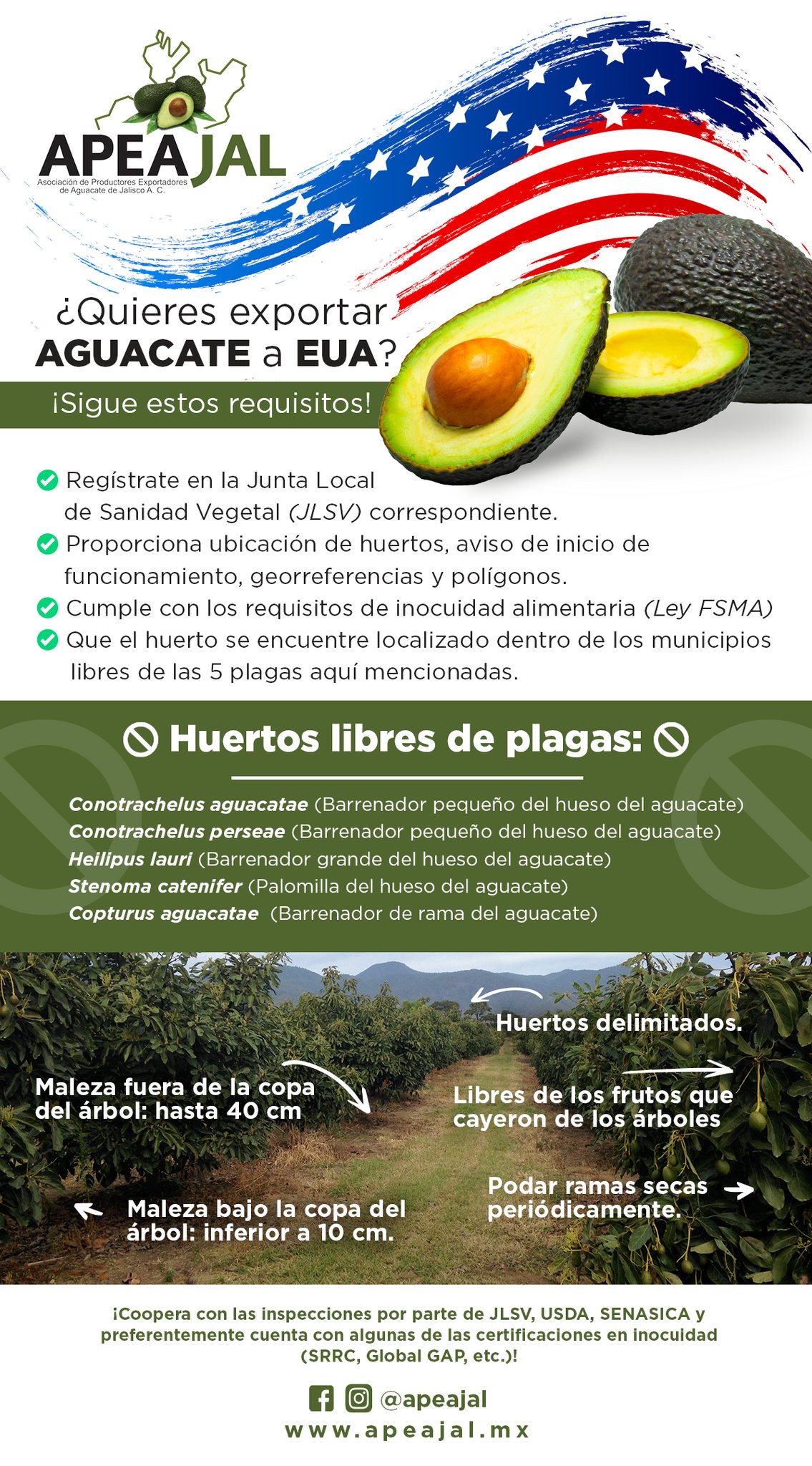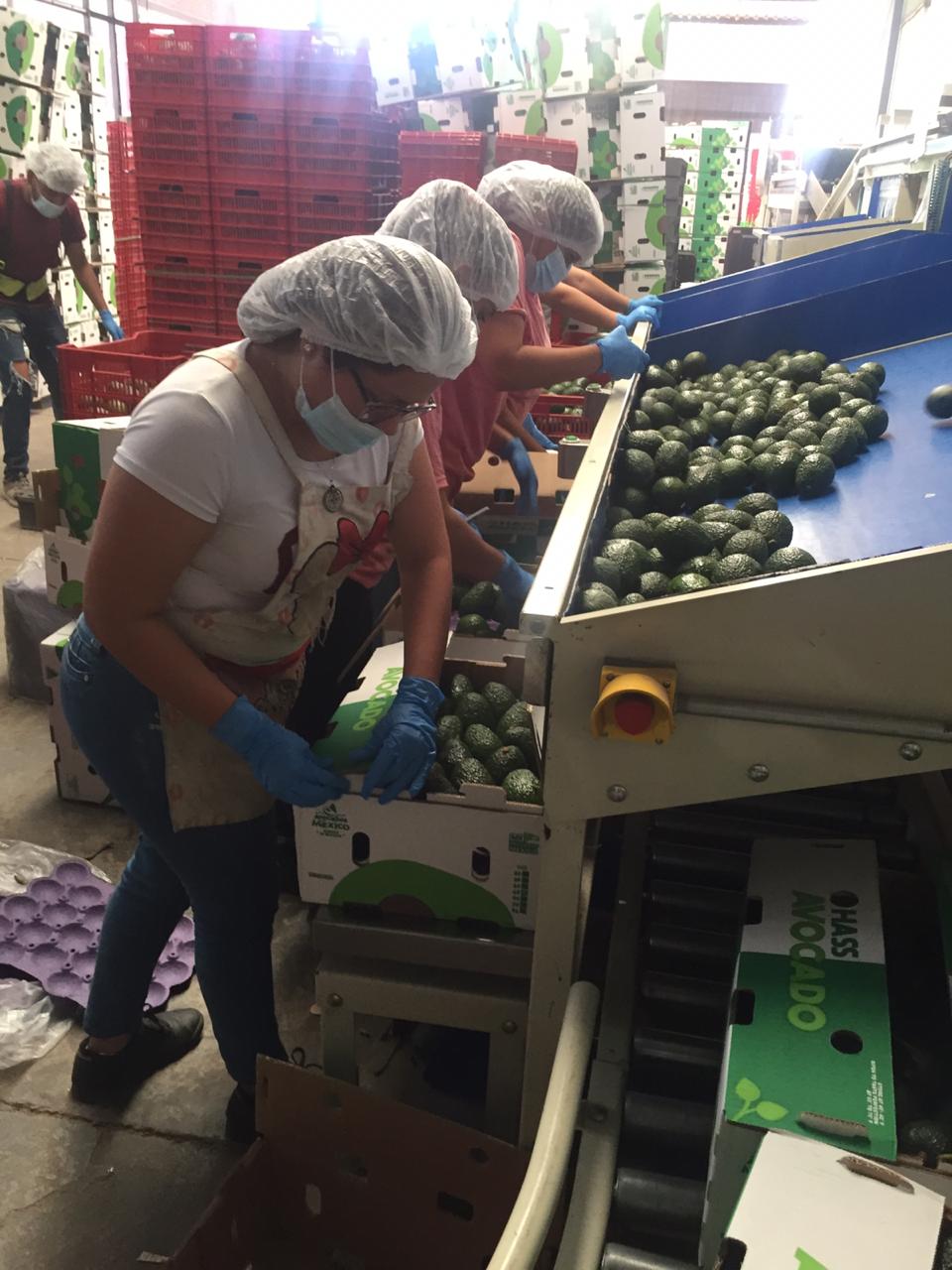

Mexican Hass Avocado
About the international Avocado global forecast report inside the OECD-FAO Agricultural Report 2021-2030 are mentioned in the 11.3.6. Chapter named “Avocado Market situation” (Page 235)
Preliminary data suggest that global exports of avocado declined slightly in 2020, by 0.8% compared to
2019, at a total quantity of approximately 2.3 Mt.
The main factors hampering the overall potential of this previously buoyant market, which had seen fast and uninterrupted expansion for more than a decade, were the impact of COVID-19 on global supply chains as well as a poor harvest in Mexico, the largest supplier of avocados globally.
Accordingly, Mexico experienced an estimated 8.1% fall in exports in 2020, to 1.3 Mt. Meanwhile, favourable weather and successful investments in production expansion stimulated significantly higher supplies from Peru, Colombia, and Kenya, three emerging avocado exporters.
All three suppliers were thus able to achieve double-digit growth in exports in 2020, and together accounted for about 25% of total global exports. Imports by the United States, the largest importer of avocados globally, declined by an estimated 14.3% in 2020, due to the combination of lower demand from the hospitality sector and lower supplies from Mexico.
The international organization indicated that Mexico will continue as one of the largest producers and exporters in the world, with an estimated 5.2 percent annual increase over production.
Imports into the European Union, where out-of-home consumption similarly accounts for a substantial share of total avocado consumption, declined by an estimated 2.5% in 2020 due to the impact of COVID-19. Provisional data accordingly indicate a contraction of 0.6% in global imports in 2020, to 2.1 Mt. However, this preliminary estimate may be revised as more data become available.
Projection highlights
Avocado has the lowest production level among the major tropical fruits but has experienced the fastest
growth in output in recent years and is expected to remain the fastest growing commodity of the major
tropical fruits over the outlook period. Production is accordingly projected to reach 12 Mt by 2030 – more
than three times its level in 2010.
Ample global demand and lucrative export unit prices continue to be the main drivers of this growth, stimulating substantial investments in area expansion in both major and emerging production zones. Avocado production has been so far concentrated in a small number of regions and countries, with the top ten producing countries currently accounting for almost 80% of global output, but new growing areas are emerging rapidly. Nevertheless, about 74% of avocado production is expected to remain in Latin America and the Caribbean, given the favourable growing conditions in this region.
Given the high average unit prices of avocado, the total value of global avocado exports would thus reach
an estimated USD 8.3 billion in constant 2014-16 value terms, thereby placing avocado as one of the most valuable fruit commodities.
Output in Mexico, the world’s largest producer and exporter, is expected to grow by 5.2% p.a. over the next ten years due to continued growth in demand in the United States of America, the key importer of avocados from Mexico. As such, and despite increasing competition from emerging exporters, Mexico is expected to further increase its share of global exports, to 63% in 2030.
The United States and the European Union, where consumer interest in avocados is fuelled by the fruit’s
assumed health benefits, are expected to remain the main importers, with 40% and 31% of global imports
in 2030, respectively.
However, imports are also rapidly rising in many other countries such as in China and some countries in the Middle East, and, as measured by the Herfindahl-Hirschman Index of all importers, the concentration of imports is gradually decreasing.
Credits: OECD/FAO (2021), OECD-FAO Agricultural Outlook 2021-2030, OECD Publishing, Paris, https://doi.org/10.1787/19428846-en.

